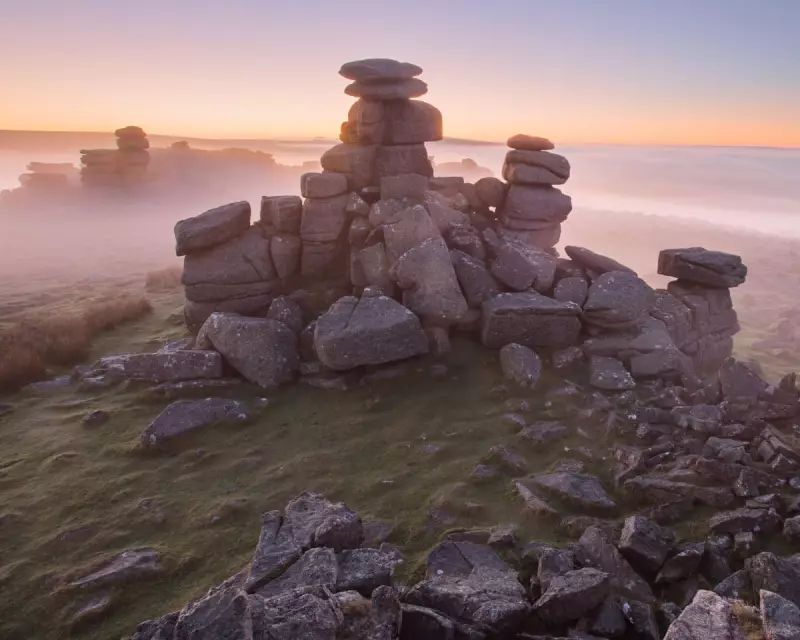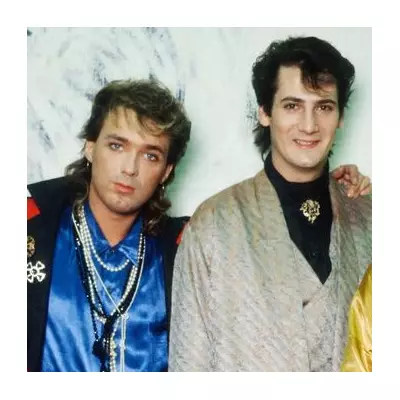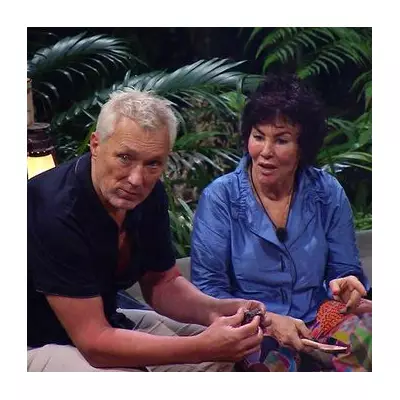
Bog People: A New Voice in Folk Horror Literature
A groundbreaking anthology titled Bog People: A Working-Class Anthology of Folk Horror has emerged as a significant contribution to the genre's recent resurgence. Edited by Hollie Starling and published by Chatto & Windus at £18.99, this collection brings together ten macabre stories set across various English landscapes, exploring themes of class, hierarchy and enduring social inequality.
Folk horror has long served as the backbone of national storytelling traditions, and this new compilation demonstrates why the genre remains so potent. The anthology features work from some of the most accomplished names in contemporary horror writing, including AK Blakemore, Daniel Draper, Jenn Ashworth, Emma Glass and Tom Benn.
Class Consciousness and Ancient Rituals
In her introduction, editor Hollie Starling sets the tone by describing an ancient Devon village ritual where wealthy residents throw heated pennies from their windows, watching those in need burn their fingers while scrambling for the coins. This powerful image establishes how folk horror naturally connects to class and hierarchy throughout the collection.
Starling addresses the complexity of working-class self-identification, explaining that contributors were selected based on whether they grew up in circumstances of low social, cultural and economic capital. The authors were asked to write authentically from that perspective, regardless of their current circumstances.
Many stories begin with themes of funerals and loss, creating an immediate atmosphere of mourning and remembrance. Daniel Draper contributes a particularly haunting tale about an eternal stew passed around a village from house to house, constantly bubbling on different hobs. Each family contributes meat to the communal pot, with significant portions consumed by family heads during important deaths before the stew continues its endless journey.
Landscapes of Grief and Memory
Emma Glass's story Carole follows a bereaved mother who walks from a city courthouse to Stonehenge at dawn, then continues through moors and motorways to Dartmoor. The narrative captures her feverish journey through changing landscapes where nights and days pass like moments, with the natural environment both hindering and guiding her progress.
Starling's own contribution, Yellowbelly, opens with urgent sex between a man and his AI companion, whom he resets for being too working-class and independent. The protagonist deliberately adjusts her regional settings and independent expression levels, creating a disturbing commentary on modern class prejudice.
Several authors, particularly AK Blakemore who opens the collection, present stories through protagonists whose views embody elitism and class consciousness, showing how these biases pass down through generations. Interestingly, the overarching theme of class sometimes remains in the background, perhaps demonstrating how inequality becomes normalised in society.
Experimental Storytelling and National Identity
The collection excels in its winding path through horror, folklore and gothic traditions, exploring families, oral history and grief. Many stories employ highly stylised techniques, told through interruptions, songs, church signs, receipts or textual irregularities.
As Starling observes: "In folk horror the soil beneath our feet is seismically unstable. Our closest kin are unknowable and depraved, bound by unseen influences." The prose frequently reflects this instability, with critical information and dialogue framed in italics, removing them from normal human expression.
Human relationships often take secondary importance to conversations with the past, the land, and the polarising nature of national identity. Tom Benn's It Fair Give Me the Spikes builds to a terrible sensory overload, describing an industrial town already at work before dawn, with factory stacks belching black smoke into the sky.
While occasionally the prose overbalances by spelling out character intentions too explicitly, the collection remains an urgent reminder that folk horror must be nurtured. The title Bog People references iron age human sacrifice while serving as a metaphorical comment on enduring inequality.
These stories collectively explore the meaning of life, death and birth, asking fundamental questions about identity, justice, superstition and sorrow. They examine both crawling back from and moving toward the abyss, creating a powerful literary experience that redefines contemporary horror writing.





